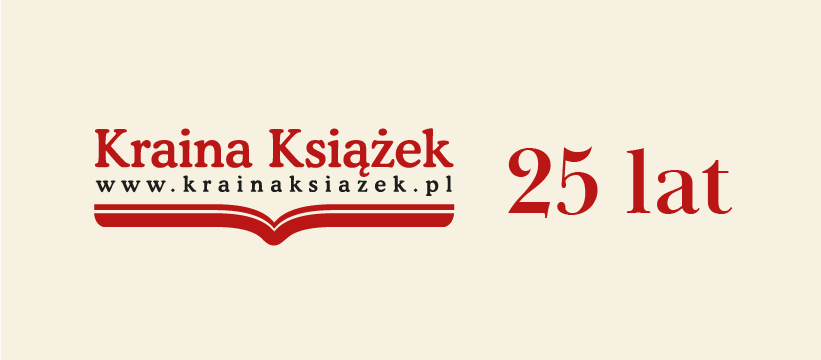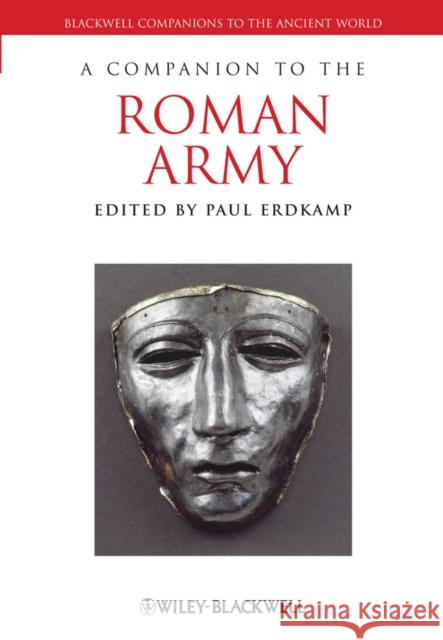A Companion to the Roman Army » książka
topmenu
A Companion to the Roman Army
ISBN-13: 9781444339215 / Angielski / Miękka / 2010
This companion provides an extensive account of the Roman army, exploring its role in Roman politics and society as well as the reasons for its effectiveness as a fighting force.
- An extensive account of the Roman army, from its beginnings to its transformation in the later Roman Empire
- Examines the army as a military machine - its recruitment, training, organization, tactics and weaponry
- Explores the relationship of the army to Roman politics, economics and society more broadly
- Considers the geography and climate of the lands in which the Romans fought
- Each chapter is written by a leading expert in a particular subfield and takes account of the latest scholarly and archaeological research in that area











